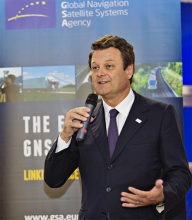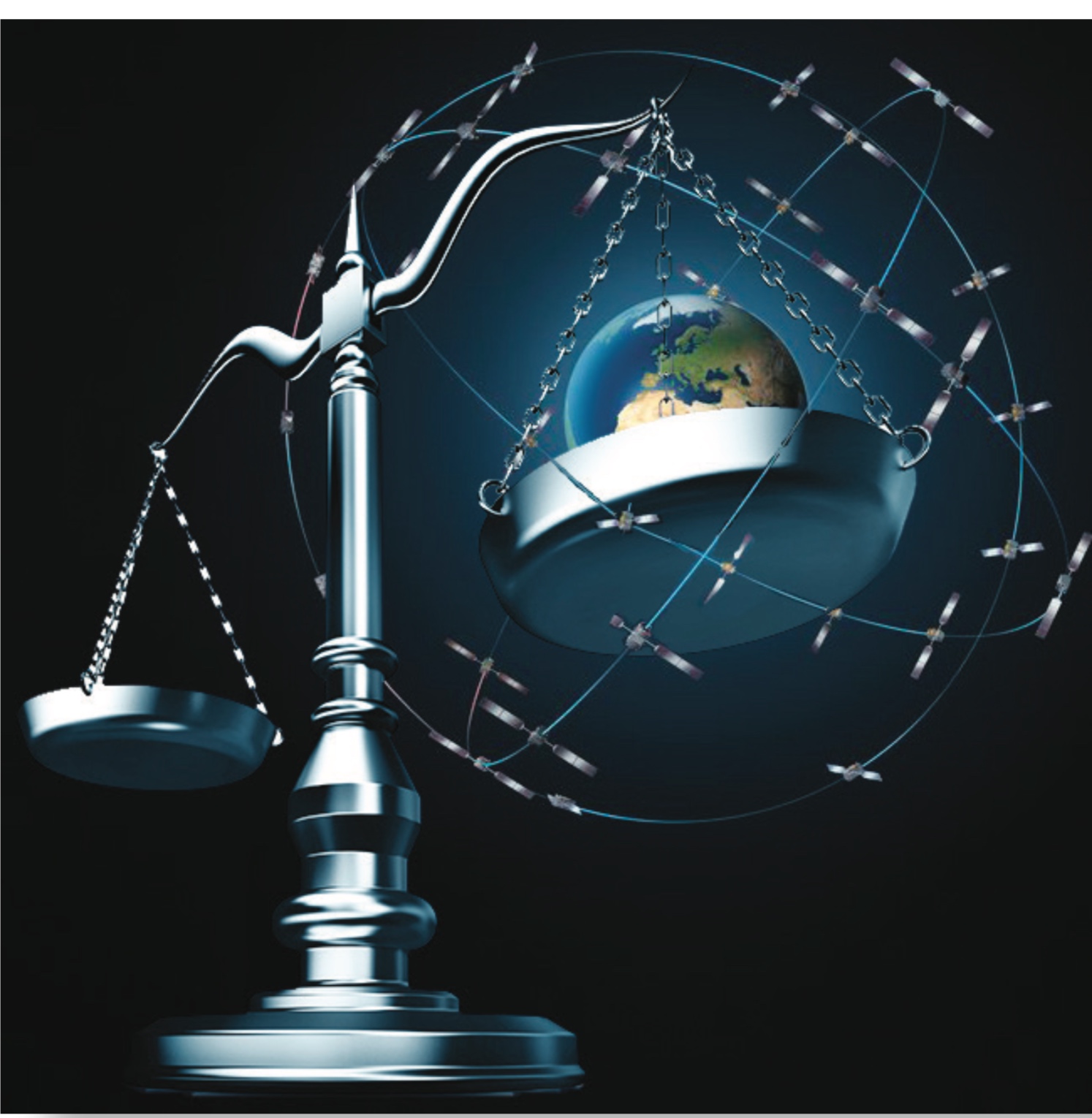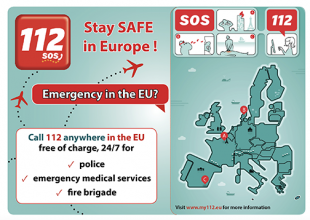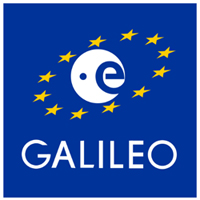The importance of geospatial data being harmonized across Europe via a common coordinate system was stressed at the recent EUREF 2017 Symposium in Wroclaw, Poland, where the European GNSS Agency (GSA) discussed Galileo’s role in helping the mapping and surveying sector.
The importance of geospatial data being harmonized across Europe via a common coordinate system was stressed at the recent EUREF 2017 Symposium in Wroclaw, Poland, where the European GNSS Agency (GSA) discussed Galileo’s role in helping the mapping and surveying sector.
EUREF, the International Association of Geodesy (IAG) Reference Frame Sub-Commission for Europe, is dedicated to the definition, realization and maintenance of the European Geodetic Reference Systems. Included in this mission is the development and maintenance of the EUREF GNSS Permanent Network (EPN), which is a ground-based GNSS infrastructure for scientific and practical applications in positioning and navigation.
The Institute of Geodesy and Geoinformatics at Wroclaw University of Environmental and Life Sciences hosted the EUREF 2017 Symposium in May.
“Through the INSPIRE Directive, the European Union requires that geospatial data be harmonized across Europe via a common coordinate system,” Professor Alessandro Caporali of Italy’s University of Padova said. “GNSS-based satellite positioning is, to date, the most efficient and accurate technique for consistently defining coordinates on a regional and global scale.”
EUREF provides standards and guidelines to European National Mapping Authorities in an effort to harmonize the definition and adoption of national coordinate reference systems.
Galileo Readiness
These benefits can only be used if the geodetic community is “Galileo ready”. According to the GSA’s GNSS User Technology Report, surveying, mapping and construction (both person-based and machine controlled) together accounted for 95% of all GNSS device shipments in 2016. “In the coming decade, the total amount of shipments is expected to reach 815,000 units worldwide, representing almost a four-fold increase over 2015,” GSA Head of Market Development Gian Gherardo Calini, said while speaking at the symposium.
A number of main drivers and trends were addressed at the event, including:
• Increased availability of low-cost equipment capable of down to centimeter-level precision (with multi-frequency and multi-constellation support)
• Uptake of PPP Integration of GNSS with other complementary technologies (LiDAR, robotics, mobile mapping, etc.)
• Synergies between GNSS and Earth Observation
• Unmanned Aerial Vehicles (UAV) penetration into mapping
According to Calini, multi-constellation and multi-frequency uses are being widely adopted to fulfil the sector’s stringent accuracy requirements. A recent GSA survey of the sector showed that 77% of responding reference networks indicated that they had enough information to integrate Galileo into their systems, while 41% say they are already fully prepared to use Galileo signals. In total, 78% of reference networks have plans to upgrade to Galileo this year.
Currently, most Galileo-enabled chipsets and receivers are found in the automotive, consumer, agriculture and surveying sectors. For example, in the high-precision market, all the leading receiver developers have integrated Galileo into their products, including these companies: Trimble, Leica-Geosystems, Javad, TopCon, Septentrio, and NovAtel.
More GSA, Galileo News
Following a six-month handover phase that began on January 1, 2017, as of July 1st the GSA officially takes responsibility for overseeing the operations and service provision for Galileo — a responsibility that includes ensuring a return on investment from Galileo in the form of across-the-board services and applications.
This journey began three years ago when the European Commission issued Regulation 1285, stating that the Galileo exploitation phase was to start in 2016 and delegating the responsibility for overseeing this key phase to the GSA. Last year’s Declaration of Initial Services and the awarding of the Galileo Service Operator (GSOp) contract marked the official transition of Galileo from a testing phase to a system in service – and were the first concrete steps taken by the GSA in our new role.
Executive Director of the GSA Carlo des Dorides shared his message on the GSA’s new Galileo responsibilities in a press release on the GSA website.
“Overseeing the Galileo service provision is no simple task, and one that requires the GSA to wear multiple hats,” he said. “For example, our responsibilities include overseeing the operation of such key service facilities as the Galileo Security Monitoring Centre (GSMC) in France and the UK, the European GNSS Service Centre (GSC) in Spain and the Galileo Reference Centre (GRC) in the Netherlands. We are also charged with maximizing Galileo adoption across user market segments, including positioning Galileo as the leading constellation in search and rescue beacons and making the Public Regulated Service (PRS) the service of choice for all authorized users.”
In parallel with the development of the service provision, additional satellites will continue to be added to the Galileo constellation, allowing new services to become available. Here lies one of the key challenges, according to des Dorides, which is the need to balance the development of the Galileo service provision with the need for continued program deployment.
“The end goal of all this work is to ensure that Galileo is positioned as the second GNSS constellation of choice (after GPS) by the time the system reaches full operational capability from 2020,” he said. “The GSA is well positioned to oversee the ongoing investment in the research, technology and applications needed to achieve this goal.”
In preparing for the new role, the GSA has leaned heavily on its strong track record and experience from work with the European Geostationary Navigation Overlay Service (EGNOS). In March, Inside GNSS wrote about the GSA signing a contract with Eutelsat for EGNOS V3.
The European Space Agency (ESA) will remain in charge of the system activities and the deployment of the ground and space segments, while working closely with GSA for service provision. GSA is also integrating senior ESA expertize, “bringing in their knowledge of the system and operations, to ensure that we can deliver high quality services to users,” des Dorides concluded.






